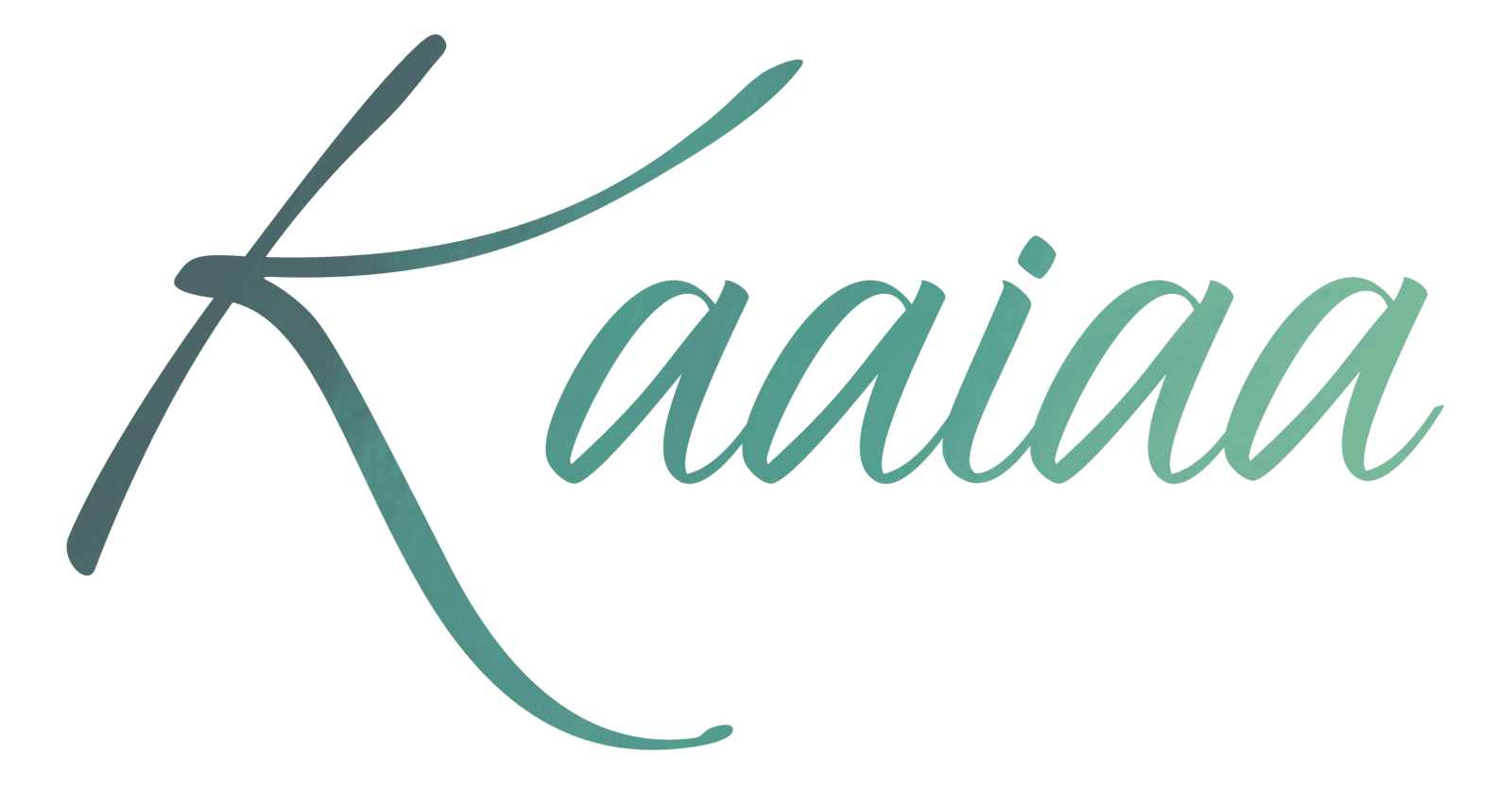Is any one specific technique most effective?

There are a plethora of labour prep classes that can be taken, either online or in person. Some of them they go over how to push, although most describe when to push in more detail instead. As your due date nears, labour and delivery can be nerve wracking for many birthing persons, with fear of tearing, prolapse, leakage, and damage to the vaginal area. Many expecting mothers take classes in the hopes that they will go over exactly how to push but leave feeling like they didn’t learn that at all.
As per the World Health Organization (WHO), the American College of Obstetricians and Gynaecologists (ACOG), and the Society of Obstetricians and Gynaecologists of Canada (SOGC), the recommended guidelines are::
The method of pushing, spontaneous or directed with Valsalva maneuver, should be chosen using the woman’s own preference. Directed pushing may assist with the final expulsion of the head (SOGC)
Women in the expulsive phase of the second stage of labour should be encouraged and supported to follow their own urge to push (WHO)
When not coached to breathe in a specific way, women push with an open glottis. In consideration of the limited data regarding superiority of spontaneous versus Valsalva pushing, each woman should be encouraged to use her preferred and most effective technique (ACOG).
Let’s demystify this because of some technical terms used in the recommendations!
Directed pushing = someone guiding or telling you what to do
Spontaneous pushing = you pushing however you feel guided to by yourself
Valsalva = holding breath
Open glottis = not holding breath (throat is open)
Basically, as per the guidelines of all major medical and health bodies, allowing the birthing person to do what they feel is best is encouraged versus telling them to push a certain way. However, as a Pelvic Floor Physiotherapist, I do see clients in practice who would like to learn techniques for pushing due to feeling anxious about the upcoming delivery, or they have had previous experiences that were traumatic, or felt their pushing the first (or second) time was ineffective.
In these cases, as a therapist, I do provide tools for my patients so they feel more confident. I always tell them that these are tools and during delivery, if they work, that is great, but to follow their urge to push in the way they feel is most comfortable. After their labour and delivery appointment at 31-32 weeks pregnancy, patients leave feeling confident regarding pushing and tearing, as we go over perineal massage as well.
Questions? Comment below, e-mail us, or book a free online consult.


